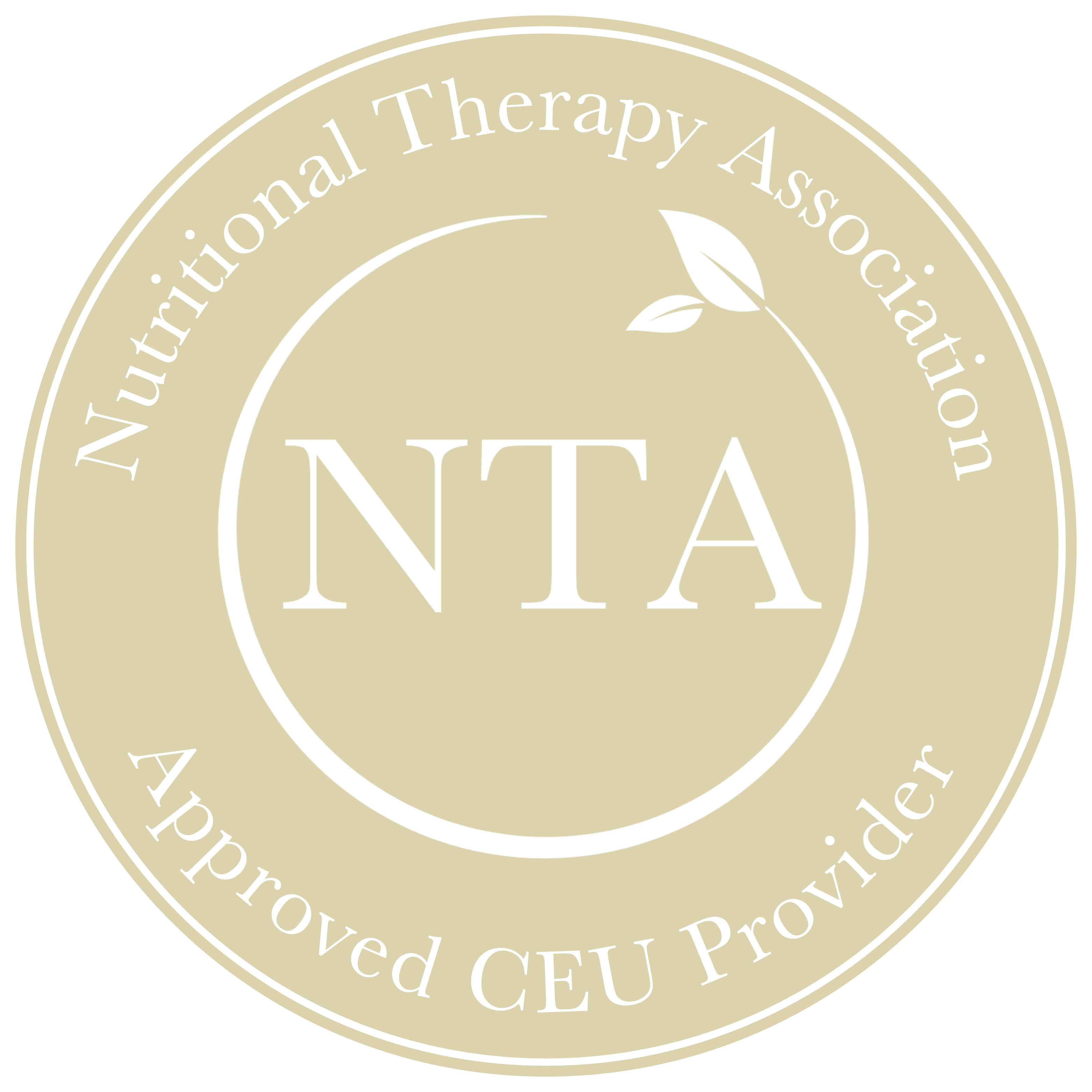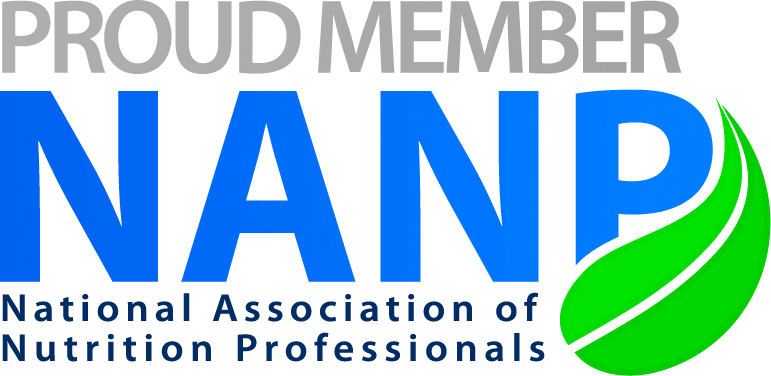One of the most powerful ways we can support our clients is to identify risk factors their doctors typically do not assess. One such marker we always recommend including as part of a comprehensive blood panel is homocysteine. Rarely will a doctor order this marker, even though it is inexpensive and incredibly valuable.
Homocysteine is a sulfur-containing amino acid that naturally occurs in all humans. When it becomes elevated it can significantly increase the risk for cardiovascular disease, stroke, Alzheimer’s disease (AD), and osteoporosis. Homocysteine is also a key player in the process of methylation, a phase II liver detoxification pathway and when it is elevated, detoxification is impaired.
Homocysteine should be present in small amounts in the blood but when there is a deficiency of B12, B6, and/or B9 (folate), it is unable to convert to cysteine and other beneficial compounds. Essentially, elevated homocysteine is a deficiency of, and/or an inability to absorb, these crucial B vitamins. Extremely high plasma homocysteine is linked to a rare genetic disorder called homocystinuria; however, even mildly elevated levels can be problematic.
With the rate of heart disease and heart-related deaths so prevalent today, functional nutritionists must be focused on helping clients eliminate as many risk factors as possible. Most of us are familiar with many of them, including family history, smoking, obesity, lack of exercise, diabetes, and lipid imbalances. Less well-known and rarely talked about is the fact that when these vital B vitamins are lacking, homocysteine can accumulate to toxic levels, generating oxidative stress and the buildup of cholesterol that can cause arterial wall injury. High levels of homocysteine irritate the inner lining of arteries and veins and, over time, makes them rough instead of smooth. This causes the arterial walls to thicken with atherosclerotic plaque as the cells that line the artery mix together with protein and lipids. Eventually these plaques cause degeneration of the arterial walls and a restriction of circulation, which is called atheroma. When an atheroma blocks blood to the heart, it causes a heart attack. When it blocks blood flow to the brain, it is a stroke.
The famous Framingham study gave researchers an ideal opportunity to observe homocysteine levels over several years in 1092 people who initially had no memory issues, well before there was any evidence of dementia. The study found that elevated homocysteine levels doubled the chance that a study participant would develop AD and each 5 mmol/liter elevation in homocysteine increased the risk of AD by 40%. The association between elevated homocysteine and AD was found to be strong and independent of age, sex, APOE genotype, and other known risk factors for dementia and AD. (1)
Another study looked at the association between levels of circulating homocysteine and the risk of osteoporotic fracture. The results showed that increased homocysteine appears to be a strong independent factor for osteoporotic fractures in older men and women. The link between these two problems is thought to involve an interference by homocysteine in collagen cross-linking. Additionally, lower amounts of collagen cross-links have been found in patients who have high homocysteine levels. (2)
Homocysteine levels can vary with age, sex, diet, and genetics. It is typically found at higher concentrations in men than women and it’s estimated that roughly 5-10% of the population present with high lab values. While homocysteine values vary from lab to lab, the conventional lab reference range is typically <14.5 umol/L. As with other blood markers, RWS recommends utilizing a tighter optimal, or functional range when measuring homocysteine. The functional range for homocysteine is <7.
The New England Journal of Medicine reported on a study that looked at mortality from coronary artery disease and homocysteine levels and found that a homocysteine blood level between 9 and 15 correlated with an 8.6% risk of dying from coronary artery disease while a homocysteine value of >15 correlated with a 24.6% death rate. (3)
Yet another study, done in Japan, looked at homocysteine and the risk of stroke. The control group, representing normal risk, had homocysteine levels of <7 umol/L. When homocysteine levels were between 7 and 9, there was 26% greater risk of a stroke. When homocysteine was between 9-11, they found a 31% increased risk and, incredibly, those with a homocysteine level above 11 had a 74% increased risk of stroke. (4)
Once elevated homocysteine has been identified, what do we do about it?
While it’s difficult to address with diet alone, we always include dietary recommendations. B12 is primarily found in animal-based foods, folate is high in dark leafy greens, and B6 can be found in bananas, poultry and fish. Moderating alcohol and caffeine can also help keep homocysteine levels in check. Even when dietary sources of these nutrients are adequate, the ability to digest and absorb them is key so ensure your client is producing adequate hydrochloric acid. Supplementation with methylated forms of these nutrients has been shown to effectively reduce homocysteine levels. We always recommend appropriate testing to determine initial need and ongoing dosing.
Despite all of the research and evidence regarding the many risks of high homocysteine levels, the American Heart Association does not recommend including homocysteine in routine screenings. That means it’s really up to us as functional practitioners to educate our clients about this important and valuable marker.
(1) https://pubmed.ncbi.nlm.nih.gov/11844848/
(2) https://www.nejm.org/doi/full/10.1056/NEJMoa032546#







